2013.07.20 18:41
20 July
. . . lots of spontaneous territory . . . perhaps the laboratory for Towards a New Dexterity.
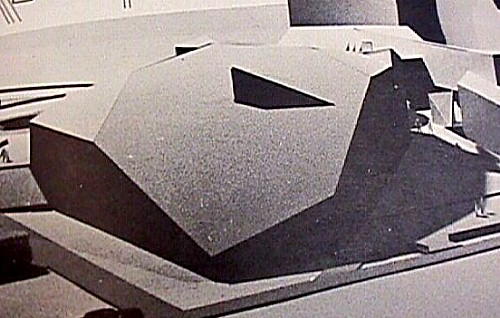
Hugh Hardy & Associates
Performing Arts Center, University of Toledo
Progressive Architecture Design Award Citation, January 1967
For every enaction there is a reenaction?
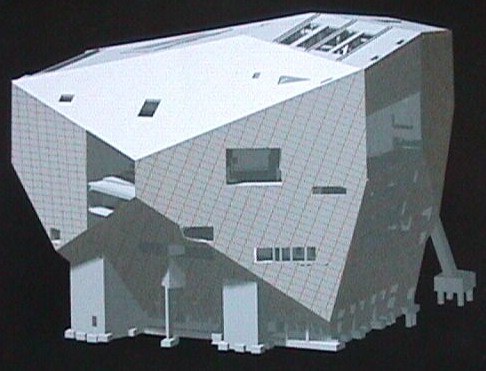
OMA/Rem Koolhaas
Casa da Musica
Porto, 2004
2013.07.22 15:59
National Art Museum of China Entry by Gehry Partners
touchstone 2 : a test or criterion for determining the quality or genuineness of a thing
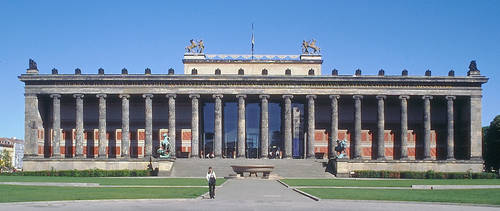
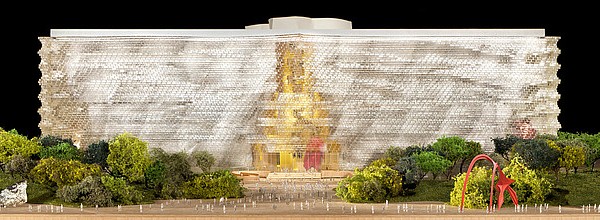
I fail to see how Schinkel's Altes Museum determines the quality or genuineness of Gehry Partner's National Art Museum of China. For a more realistic test of the genuineness of the museum's exterior, look at OMA's Beijing Book Building, 2003.
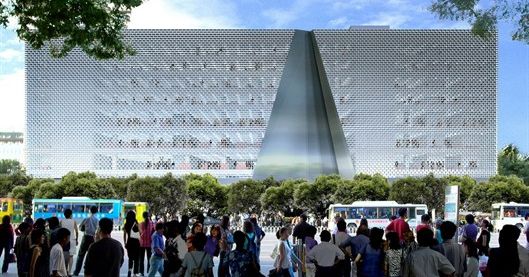
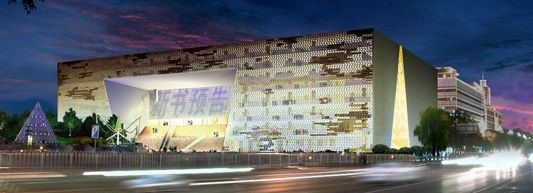
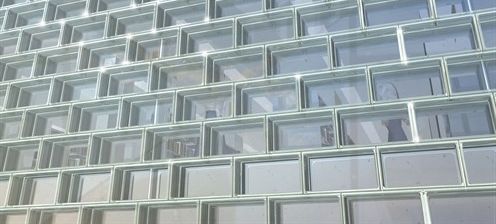
We see the application of "Gehry wavyiness" and an inversion of the individual apurtures into the frames themselves. From what is discernable here of the museum's interior plans, however, there is no real relationship to the Altes Museum nor to the Beijing Books Building.
| |
2013.07.25 08:16
Traditional/Classical Architecture- Part 2
There's a very interesting relationship between the architecture of Strickland and Schinkel. For example, compare the (space-time) of the Neue Wache and the Second Bank of the United States. Did they know of each other's work? I have no idea, but the space-time similarities are sometimes uncanny. Did they just happen to have access to (and devour) the same books and 'magazines'?
Koolhaas/OMA has been steadily building upon the components of architecture's tradition of the last 100 years or so.
The more traditions stay the more they change the same?
2013.08.08 10:17
Learning from Learning from Las Vegas (again)
Here are some passages from God's Own Junkyard (pp. 20-21) on 'symbolism' [with interjections from today] which may be key to how the notion of symbolism is rendered throughout Learning from Las Vegas:
"As for symbolic buildings, what do we see in Suburbia? It is true that there are probably some churches along the nearest highway. But while the churches of our early New England towns and villages were tall enough (and sufficiently close by) to be visible from almost anywhere, the sprawl of today's Suburbia has pushed the churches so far out that that their spires are no longer visible farther than a block away. (The Howard Johnson spire, more often than not, is more visible.) [In antithetical fashion, the thinking of Learning from Las Vegas looks for the 'symbolic' significance of the likes of the Howard Johnson spire.] This condition may, of course, be an accurate reflection of today's relative values, but it is also a further contribution to the formlessness of modern Suburbia. One of the important functions of a tall building in any community is to serve as a point of reference, to permit people to find there way about without troble, much as a lighthouse helps a ship's captain to chart his route. [In Learning from Las Vegas we find large casino signs analyzed as 'lighthouses' aiding the navigation of automobiles along the Strip.]
Suburbia's other "symbolic" buildings are those of the shopping center, which is certainly symbolic of something--though perhaps not of anything we would particularly want to symbolize. [Hence "The Significance of A&P Parking Lots."] (Some new shopping centers have tried to become "community centers" in a broader sense, and perhaps there is some validity in this.) Then there are schools, police stations, fire stations [From LfLV page 130: "The total image of our U&O fire house--an image implying civic character as well as specific use--comes from the conventions of roadside architecture that it follows: from the decorated false facade, from the banality through familiarity of the standard aluminum sash and roll-up doors, and from the flagpole in front--not to mention the conspicuous sign that identifies it through spelling, the most denotative of symbols: FIRE STATION NO. 4."] and, indeed, somewhere, there may even be a town hall. [See Venturi & Rauch's Three Buildings for Canton, Ohio, as featured in Complexity and Contradiction.]
The meaning of all this is twofold: first, we do not seem, at this time, to possess the sort of common faiths that shaped cities like Florence (whose only tall building were the symbols of religion and of government) or, at least, we do not seem to be very strongly committed to any common faiths; and, second, one reason we are not committed is, quite clearly, that nobody living in Suburbia (and very few people living in Urbia) is conscious of the physical symbols of democratic government--the one faith we do claim to hold in common." [Wasn't Learning from Las Vegas, without explicitly saying so, trying to disclose the new "common faiths that shape" our cities?]
Also there is this passage from God's Own Junkyard (p. 23) which unwittingly percurses the whole notion of learning from someplace like Las Vegas:
"There is, as a matter of fact, one American city that does continue to gleam; that city; of course, is Miami Beach--the gleamingest place south of the polar icecap. Alas, its gleam can hardly be said to be "undimmed by human tears." For here, in the glittering collection of our most astonishing architectural acrobatics, the affluent society has finally gone berserk! This is the ultimate junkpile--that mysterious place our television stars must mean when they talk of "Videoland." [Wait! Don't tell me that God's Own Junkyard also inspired Koolhaas's 'Junkspace'?] Here the vulgarians have outdone themselves: if Miami Beach did not exist, the enemies of America would have to invent it. Happily for them, unhappily for us, they can spare themselves the trouble. If only, as someone has said, Miami Beach were as good a lesson as it is an example..."
2013.08.15 16:36
Art vs. architecture
Yet Duchamp Inn is fully intended as architecture. Just like the intention here...
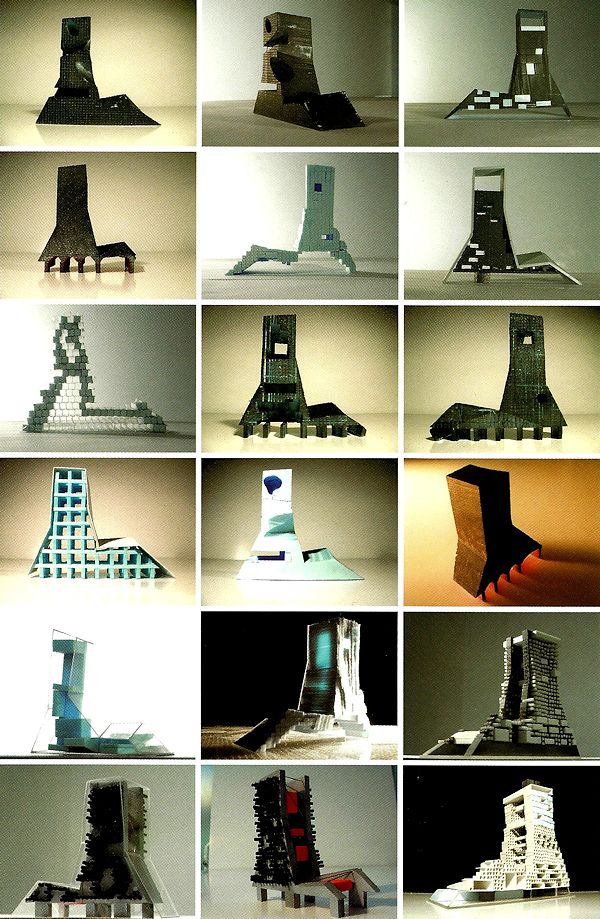
...is architecture.
| |
2013.09.23 09:37
23 September
Take a look at Le Corbusier's Palais des Congrès à Strasbourg (1964), and then look at OMA's Hotel at Agadir, the Library at Jussieu, the Educatorium, and then MVRDV's VPRO--a trail of design reenactments. Maas worked on the OMA projects. Right now it looks like the novel begins at the Hotel of the Palais des Congrès. All the architects are registered there for the "Turning the Labyrinth Inside-Out" conference. None of them is confident, however, that the 'Buildings Present Themselves' portion will proceed without a variety of embarassing technical glitches.
2014.01.02 17:26
1 January
I know where my uncertainty comes from. Tafuri's argument against operative criticism is against architectural historians that (operatively) used history (incorrectly according to Tafuri) to set a (correct according to the historians) agenda for architecture's future. Your two answers have architects utilizing current operative socio-political 'histories' (not operative architectural histories) to form their respective agendas for architecture's present/future. That's not to say your answers are thus incorrect, just that there is a slight disconnect between your answers and where my question(s) came from.
Tafuri ultimately becomes clear as to how architectural historians should utilize history (the past) in their criticism of architecture's present/future, but he does not come to the same clarity as to how architects should utilize history (the past) in their architectural projects.
Koolhaas's and Schmacher's texts do comprise fairly pervasive (architectural) historiographic currents, so their respective architectural projects are not completely rely on (outside) socio-political operative histories.
Regarding sustainability/localization/critical regionalism it seems that those "projects" would naturally benefit from a critical focus on architecture's history (the past).
2014.01.02 19:01 t a m m u z
1 January
Quondam, wouldn't you agree that Koolhaas does utilize historical architectural themes critically (for instance, tower/podium typology)? If so, would that not imply an operative utilization of architectural history as well as socio-cultural one in his espousal of a 'realpolitik' apropos neoliberalism? His research projects bridge, or at least attempt to do so, the architectural to the socio-economic/cultural. No? I understand Tafuri's cautioning and I understand that your concern lies within architectural history/historiography rather than practice...but as you point out, Koolhaas does take that task of a rationalizing history for himself to place himself within it (as an architectural and socio-economic/cultural practice) and eventually, he is, for many, a sieve (as he himself operatively constitutes a sieve) for certain historical readings, retroactive and acquiescent. I'm just wondering whether I truly understand the area of your uncertainty; would appreciate clarification otherwise. Is it in what you suggest is lacking in Tafuri and is furnished in the aforementioned architects' works: a prescriptive feedback into architectural practice? I'm not sure that is necessarily a lack . . . perhaps the world is too just wrong to put to right :-) and criticism is, on its own, valid and valuable?
Please correct me/forgive my assumption but I think you admire Gehry's work partially for the avoidance of positing altogether such questions and, therefore, for mustering up a (therefore needless) challenge? It would allow him to be, as you very pertinently describe it, pliable, non-resistant, open, non-rhetorical and free of history's burden (clearly in contrast to Eisenman)- not free of history, free of its burden. His does not invite the anxiety underlying the Eurocentric sensibilities of Koolhaas and Schumacher, who are not only architects but also intellectuals with an old world sensibility of history.
I was very happy to visit the OMA Seattle Library a couple of days ago. I really enjoyed it. Now I wonder whether we can't call it a piece of critical regionalism...
|